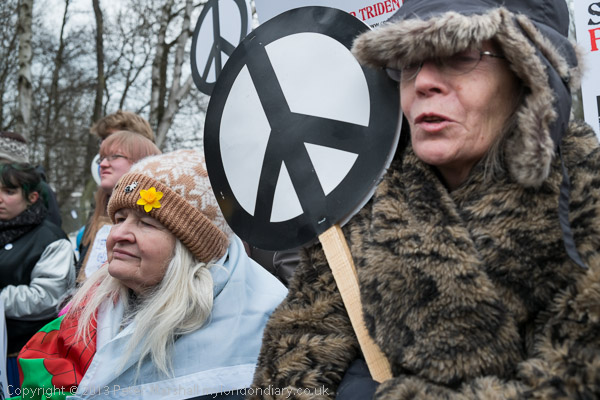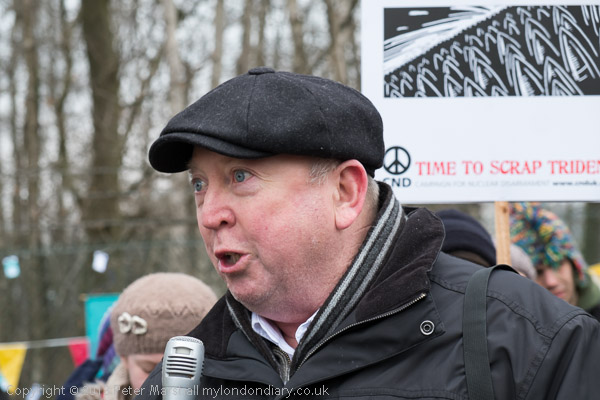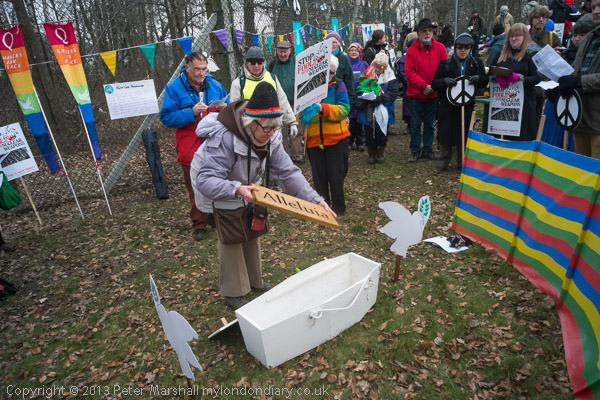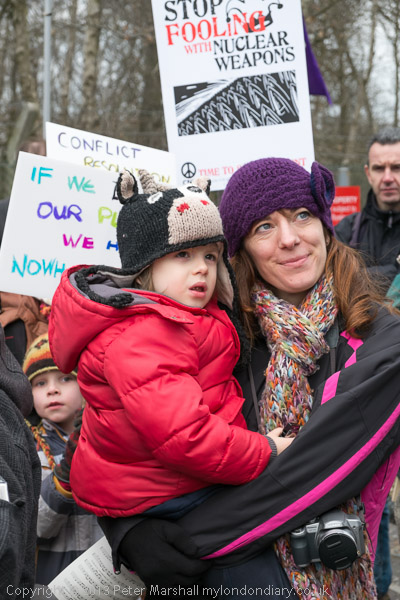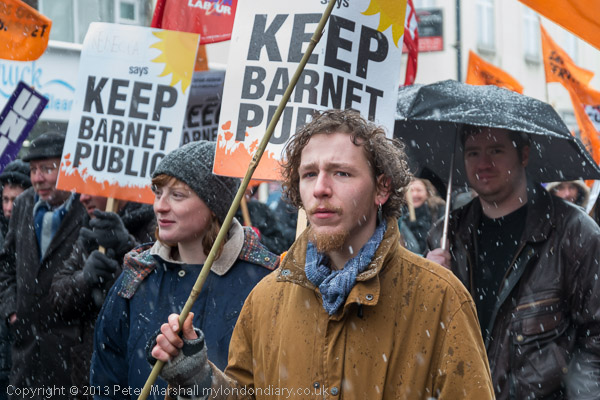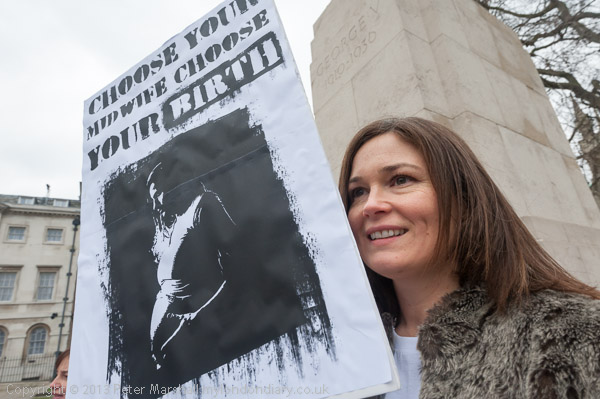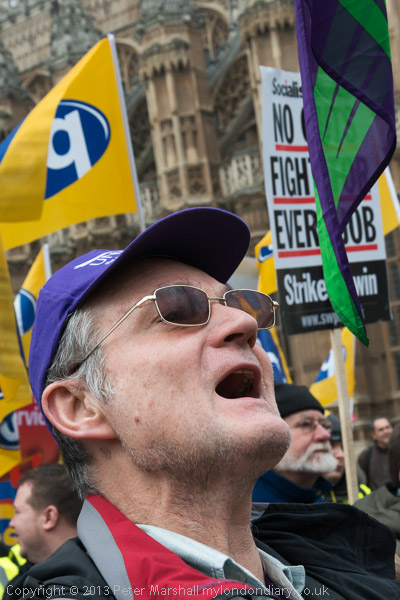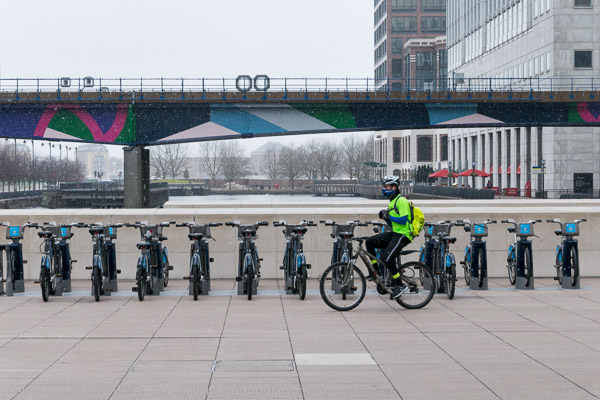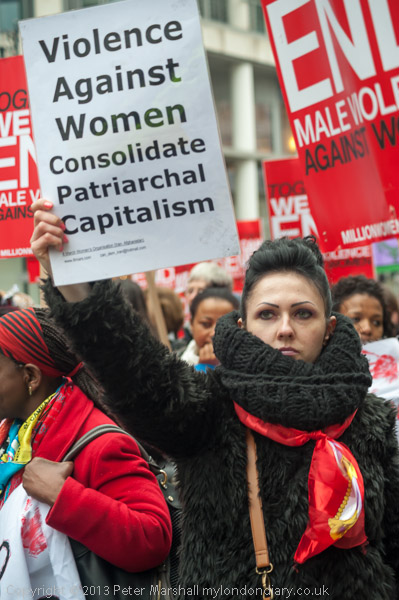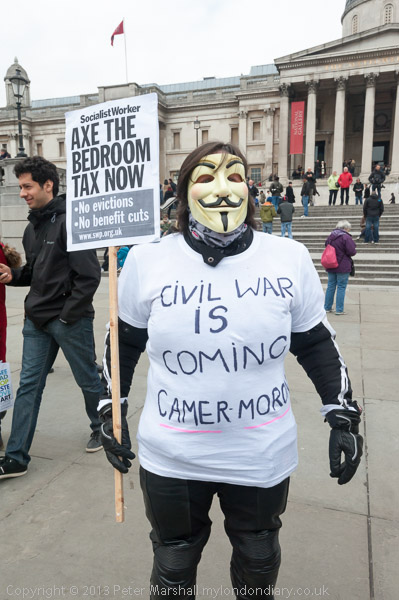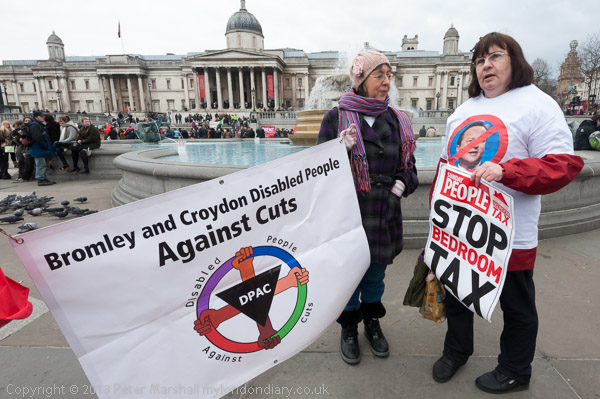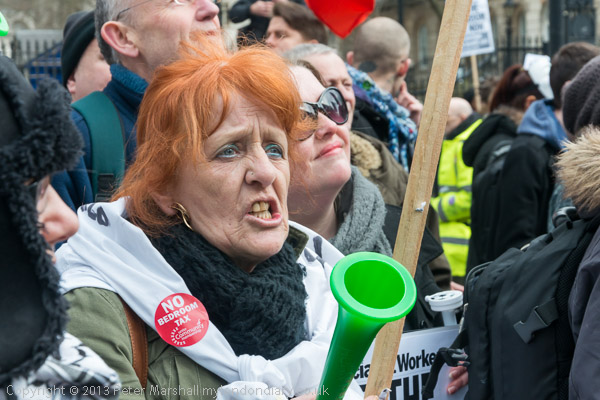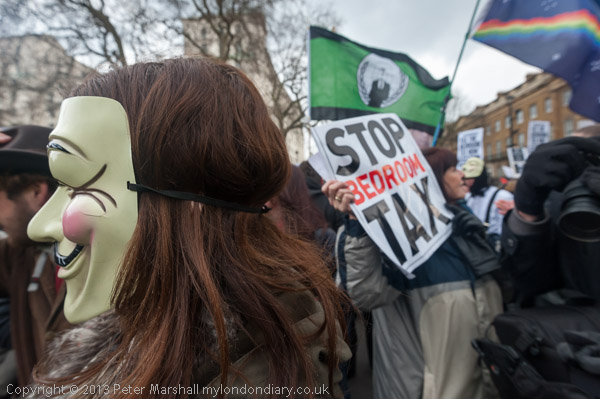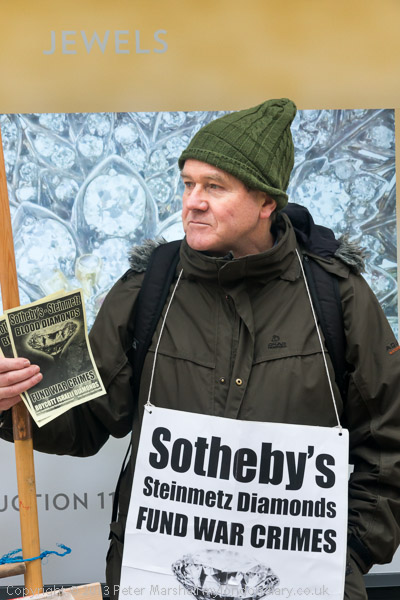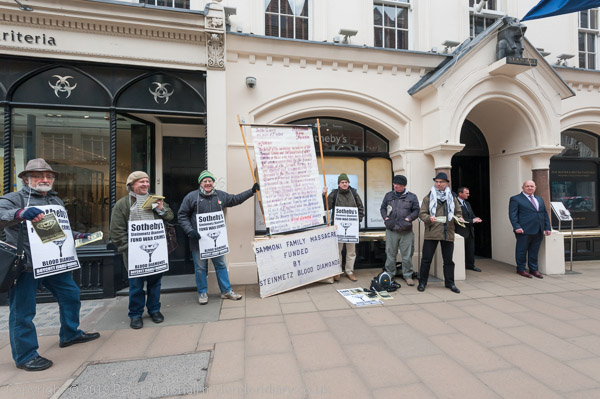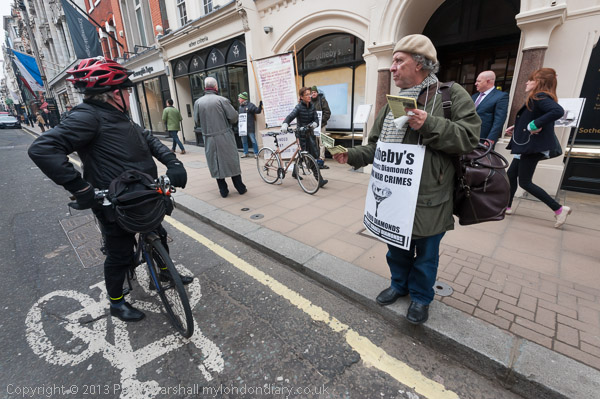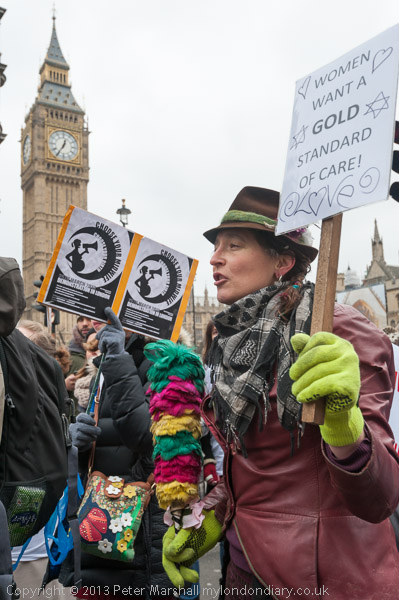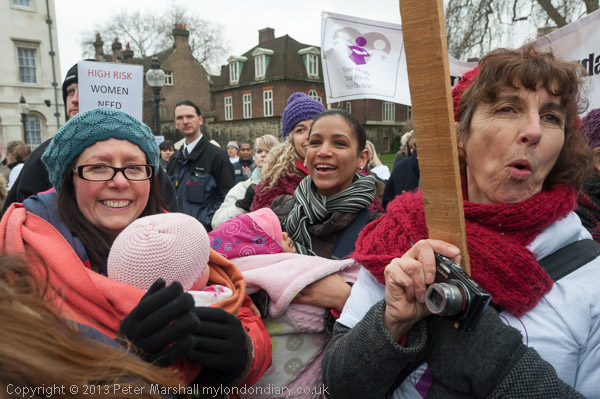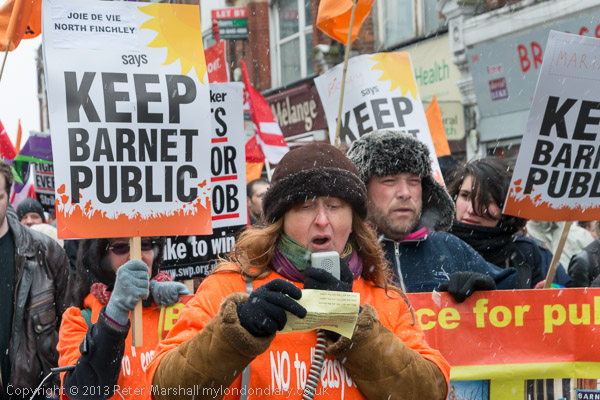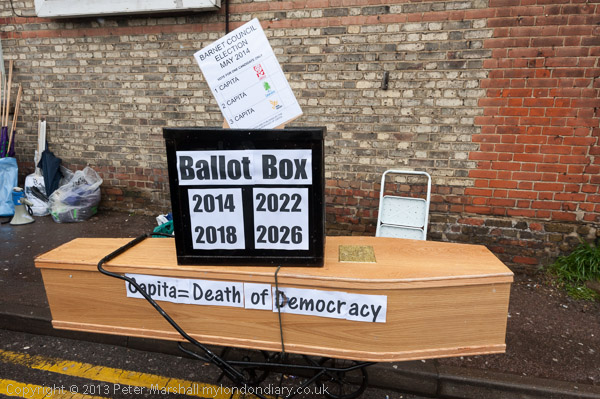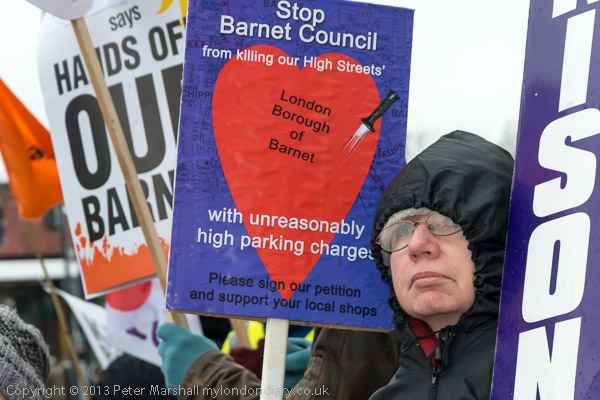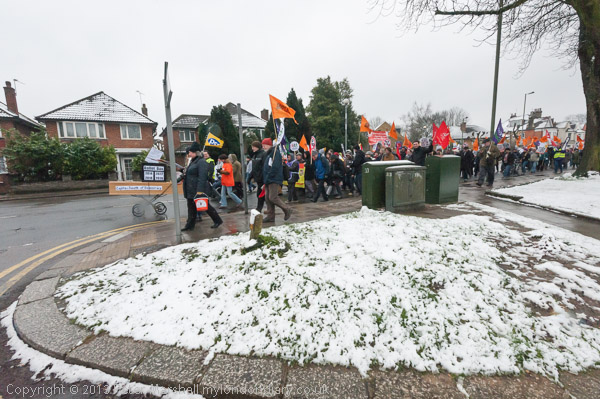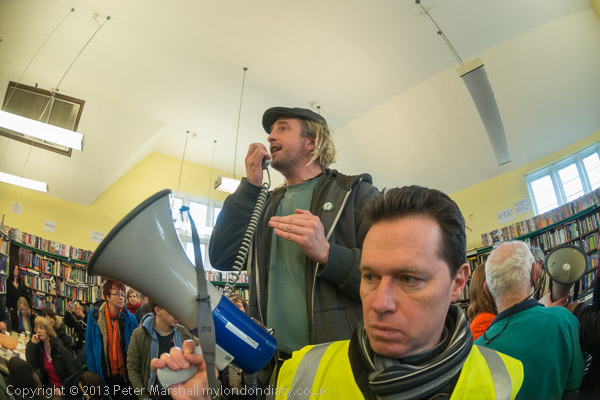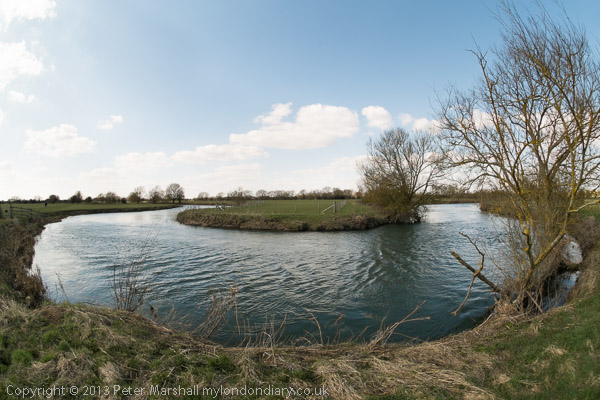
Near Radcot Lock, Fuji X-Pro with Nikon 10.5mm, corrected with Fisheye-Hemi plugin
We would chose about the coldest days of the year to spend three days walking the Thames Path. Not of course the whole of it, but the upper reaches to the source, starting in the middle of nowhere west of Oxford and ending up at the stone placed in a rather dry field by the Thames Conservators to mark the spring from which, at least sometimes, the Thames is said to flow, before retracing our steps a mile or so and diverting to a conveniently placed station.
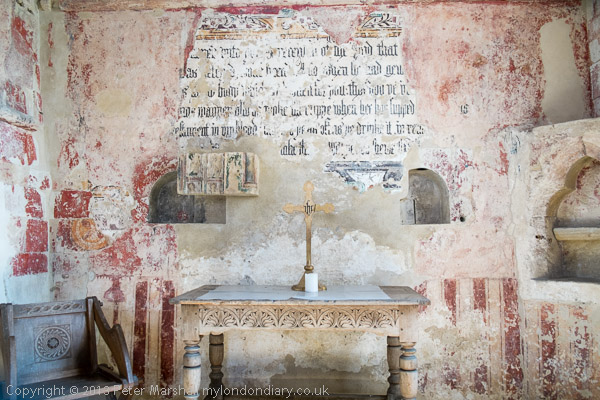
St John the Baptist at Inglesham, saved by William Morris from the threat of Gothicist ‘restoration’
Of course I’d walked parts of the Thames path well before it existed as a national trail, opened only 17 years ago, and somewhere have a copy of the proposal put out for consultation a few years before that, though I can’t remember if I made any contribution to that. But before then I’d walked and cycled most of the places one could walk along the river in and around London, as well as most as far as Reading. And in the last few years, I’ve walked along most of the rest in days out from home. But beyond Eynsham, a few miles upstream of Oxford, the river avoids most places readily accessible to public transport until it reaches its source, a mile or so from Kemble station, one of the few stations left after Beeching’s over-drastic pruning of our rail network.
Kemble itself lost two of the three lines that served it, a much more important railway junction than would be expected from the village – and it serves a rather greater area, particularly the town of Cirencester, just four or five miles north-east.
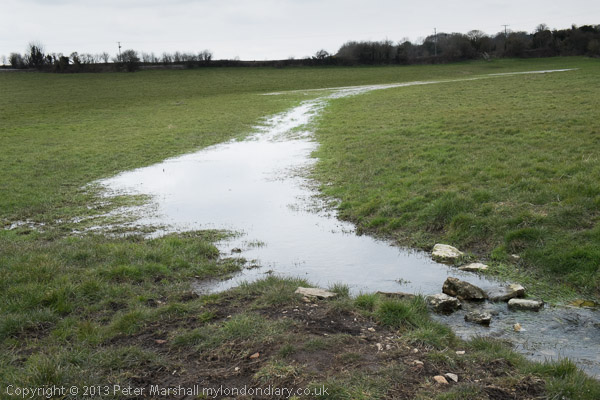
Thames Head, where the Thames first becomes visible
My son who had worked out all the details had thought that April would be in the spring rather than the near-Siberian weather we found. Cold weather isn’t necessarily bad for walking, and popular paths are less crowded than in summer, and we were at least lucky there had been little rain for a week or so, as parts of the path are often flooded, particularly in winter. Apart from one major and well-marked diversion the paths were fairly dry and we met relatively little deep mud.
We were carrying the essentials – spare clothing, medicines etc – on our backs, and I didn’t want a heavy camera bag. I packed my stuff into a cheap photographic backpack, bought a year ago but never used for its purpose. I found I could just fit my two Nikons, flash, extra lenses etc in it, but it was a pain to get the kit out when I needed it or wanted to change a lens. Although carrying the weight is easier on your back, I also find backpacks get in the way rather more than a shoulder bag, both your own way and that of others when you are in a crowd.
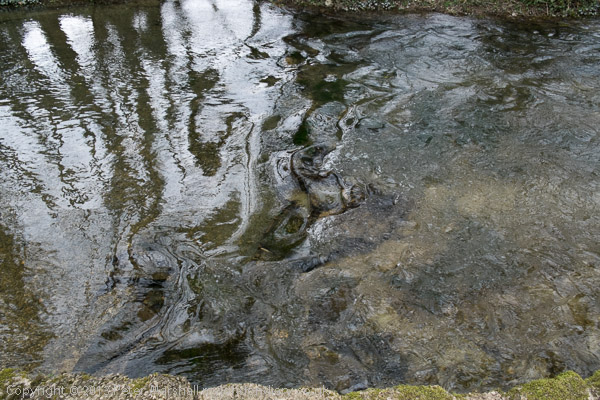
Thames near Ashton Keynes
So I pulled out the removable dividers and in went the spare clothes, sponge bag, spare shoes etc, leaving no space for a camera. I could still have fitted in a notebook computer, but decided I could prefer to be without electronic communications for the three day trip. No point getting away from it all if you don’t get away from it all.
In what I call a toy camera bag (it came as a free gift) I put the Fuji X Pro1 with the 18-55mm zoom, the Nikon 10.5mm with its adapter fitted, and a couple of Leica fitting lenses again with an adapter, the 15mm Voigtlander and the 90mm Elmarit, a few spare batteries (the charger went in my back pack.) It was a reasonably comprehensive kit, weighing less than 5 lb and there was still room in the bag for sandwiches and a bottle of water.
Some of the more interesting pictures to me were made with the 10.5 semi-fisheye, though it is a little inconvenient in use, with no aperture markings and infinity focus at around 0.3m on the scale. You can focus accurately by setting the camera body to manual focus and pressing the main command dial, which zooms into a digital view of a small enlarged central area. Of course the lens gives a far too wide view for the optical finder to be of much use, but the digital finder is fine.
Were I to redesign the XPro, I’d either leave out the screen on the back of the camera, or if I left it on, make it swivel and tilt. As it is I’ve yet to come across any situation where I would use it for taking pictures, when either the optical or digital viewfinder view are both so much superior. It’s only real use is for showing other people the pictures you have taken or for close-up pictures of your feet or things close to them, when it saves your knees a little. And of course I’d get them to take a look at battery life, and to get an instant response to a half press on the shutter button whatever else the camera was doing.
In use, the gear all performed well if sometimes rather slowly, though I don’t think I got around to using the Leica fit lenses, certainly very little. I still don’t know why sometimes the bright line frame in the optical viewfinder seems to take around 10s to appear, and I saw rather more of the backs of my two companions than I would have liked as I struggled to catch up with them after stopping to take photographs. The heavyweight Nikon is faster in use, but certainly would have been a lot harder to carry.
But of course you can judge for yourself how well it worked from the pictures I took over 3 days on and around the Thames path:
________________________________________________________
My London Diary : Buildings of London : River Lea/Lee Valley : London’s Industrial Heritage
All photographs on this and my other sites, unless otherwise stated are by Peter Marshall and are available for reproduction or can be bought as prints.
To order prints or reproduce images
________________________________________________________
